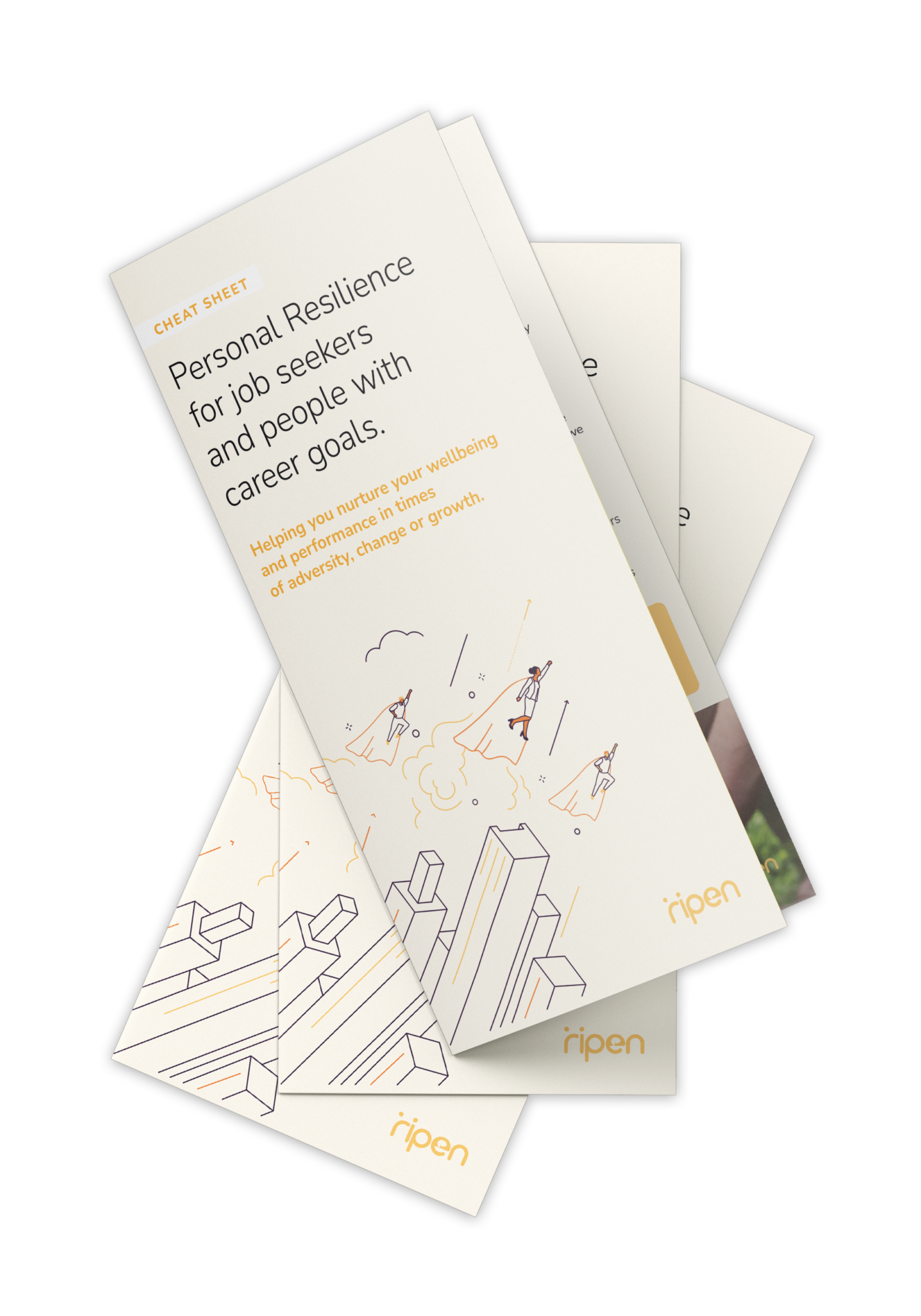Research tells us that as humans we have natural biases when it comes to decision making and judgement. One such bias is known as the
status-quo bias which suggests that we have a preference for maintaining the status-quo, this in turn makes us reluctant to take action that may disturb our equilibrium. Understanding this bias goes part way to explaining why we often find ourselves stuck, remaining in a state of inaction and flux rather than taking action we know is required of change of our choosing. However, it doesn’t reveal the whole picture.
The reality is that while this unconscious bias exists, the reason we can find ourselves ‘stuck’ and unable to act in areas we want to change, often comes down to one of two things:
1) A mismatch or ‘gap’ – in the knowledge, skill, or abilities required to successfully enact the change, or more commonly
2) A sense of fear – in relation to taking action.
Bridging the ‘gap’ is the easier to overcome as it involves external circumstances which can be built upon and developed once the area of mismatch has been identified. Once there is a match between the resources you are required to draw on and the resources the change requires, you are likely to start taking action.
More challenging however is when we encounter fear in relation to taking action. When fear becomes involved in the process self-doubt can begin to creep in leading us to question whether the change is achievable, whether we have what it takes to succeed, and our overall volition. It is at this stage that many individuals become stuck in the infamous “waiting place” as Dr Seuss describes it in his children’s book ‘Oh, The Places You Will Go’ where everyone is just sitting in limbo….waiting….waiting. Fear can take many forms, but the usual fear suspects include:
- Fear of failure
- Fear of uncertainty
- Fear of losing control
- Fear of the wrong decision
- Fear of judgement
- Fear of inadequacy
- Fear of rejection
- Fear of change
- Fear of missing out

